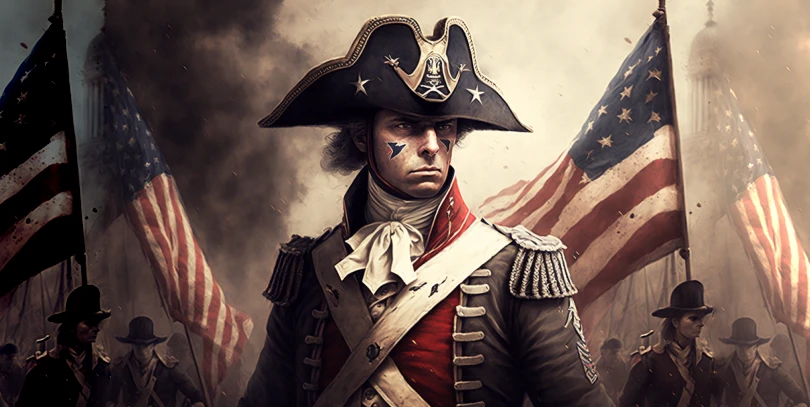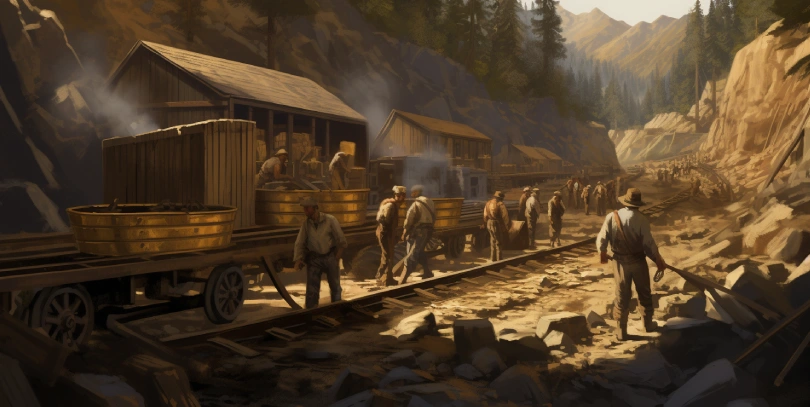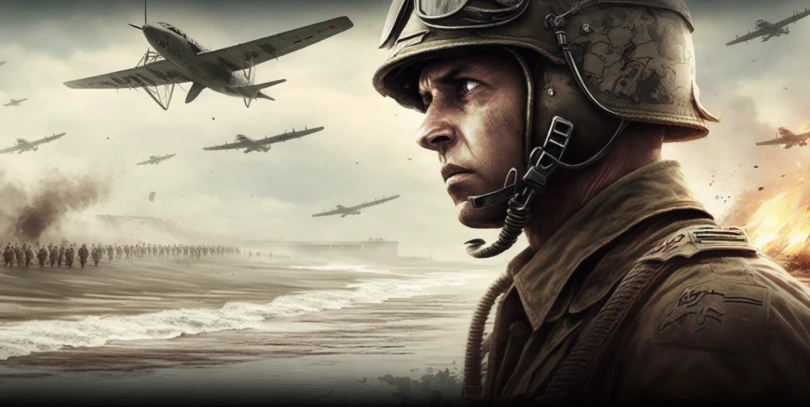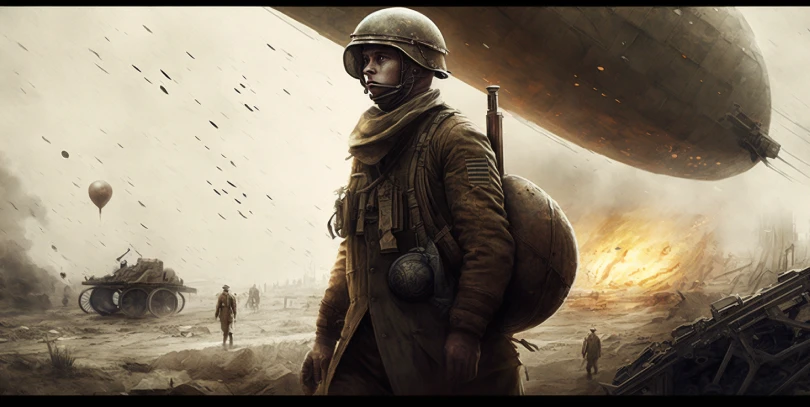The American Revolution of 1775-1783 was one of the most important events in United States history. It was a pivotal moment that resulted in the formation of an independent nation, and it has had lasting effects on the nation ever since. Beyond what we learn in school, however, there are many surprising facts about this period that often go overlooked. From economic aspects to women’s rights and roles to Native American involvement, let’s explore some of these lesser-known details about America’s fight for independence from Britain! Here are 19 fascinating facts about the American Revolution you may not have heard before.
- Approximately 25,000 African American soldiers and sailors fought for the Colonists in the American Revolution.
- Although popular belief holds that the war was fought between Britain and America, Native American tribes also played a major role in it. The Iroquois Confederacy helped America, while many other tribes sided with Britain. And many Native Americans sided with the British during the war, hoping to protect their land rights.
- The impact of the Revolutionary War was especially felt by women as they were expected to take on new roles while men were away fighting or performing other duties in support of independence from Britain. In addition to this, many women served as spies for both sides and were involved in smuggling supplies.
- Women would serve as soldiers (though often disguised as men), nurses, spies, and even military leaders such as Deborah Sampson Gannett who was one of the first American women to serve openly in combat. This increased autonomy allowed many women to gain more rights and opportunities than before, setting a precedent for those who would come after them.
- The cost of waging a revolution was tremendous – estimates range from $200 million to over $1 billion spent by both sides combined on everything from weapons to food supplies and salaries for troops and general expenses related to warfare at sea and land battles throughout America’s 13 colonies (now states).
- In addition to its economic impacts, war is often costly when it comes to human lives; sadly this was no exception when it came to this conflict over independence with estimates suggesting that over 25000 soldiers died directly as a result of violence inflicted by both armies throughout its duration – not counting casualties incurred through disease or famine related complications – making it one of the bloodiest wars fought on American soil thus far (in comparison).
- Over 6,800 men died as prisoners of war, mostly due to starvation and disease rather than combat injuries or executions, making them among some of the first casualties in what became known as “America’s Revolutionary War” with Britain (1775–83).
- Religion was highly influential in shaping public opinion both before and during the war itself with its various denominations playing key roles on either side; while Presbyterians mainly stayed loyal to Britain, Baptists and Congregationalists tended towards supporting Revolutionary causes instead due largely to their anti-monarchical beliefs and emerging religious movements like Methodism gaining ground within America itself which supported new ideologies about religious freedom within its borders free from European influence.
- The Declaration of Independence is credited with inspiring other nations like France who helped finance America’s fight against Great Britain via loans that came at great personal financial risk if repayment failed.
- One of the war’s most important battles happened on land owned by George Washington at his estate in Virginia: The Battle of Yorktown.
- It wasn’t all about fighting on battlefields – espionage played an important role too! Both sides took advantage of spies sent into enemy territory with the goal being disinformation campaigns aimed at weakening each others’ morale or moral authorities amongst civilians; sabotage too proved effective at disrupting supply lines or disrupting communication between camps allowing them respectively more tactical advantages over their enemies when needed most.
- The Continental Army’s successes in the battle against a better-equipped British military can be largely attributed to their use of guerrilla tactics, which allowed for smaller and more mobile forces.
- Alongside spying & sabotage were some very effective military tactics employed by both sides; for instance, General Washington’s use of feints against British forces surprised many opponents because he used these less-expected methods so effectively making them appear much weaker than they were while also distracting attention away from possible other areas where strength could be found bringing strategic victory through misdirection instead – something that is still used today by modern armies around the world just like back then!
- Developments in media technology meant that it was easier than ever before for information about events happening on either side to spread quickly across townships giving people an insight into what was really happening miles away without having to rely solely on official news updates. But rather relying more heavily on ‘word-of-mouth’ type reports which often varied depending upon political affiliations as much as actual facts becoming distorted versions of truth resulting in higher levels of mistrust circulating among the public regarding events occurring elsewhere. A great deal of propaganda was created designed to sway popular opinion to favor a particular cause/faction supporting them further whether true or false at times leading up to decisive victories and battles dependent upon whose view held the highest authority end. Result in overall outcome entire revolution might change drastically had been a different case!
- The American Revolution was the first successful war of independence from a colonial power since the Dutch Republic declared its independence from Spain in 1581.
- The War of American Independence had a profound effect on the economic development of America. The war effort spurred innovation and technological advances in many areas such as transportation, communications, and manufacturing.
- After America won independence, it had to contend with another major conflict known as Shay’s Rebellion. The rebellion was an uprising of farmers against the government in 1786 and it helped to shape the future Constitution.
- While Thomas Jefferson is often remembered as the main author of the Declaration of Independence, it was actually a collaborative effort with several others playing an important part in its crafting.
- The American Revolution served as a catalyst for democratic reforms around the world, which are still seen today in the United States Constitution and other documents like the Declaration of Rights.
The American Revolution was a pivotal moment in history, and has had lasting effects on the nation. These facts are just some of the many that show how important this period was for our country and the world beyond. From inspiring other nations to taking part in wars and pushing for democratic reforms, it’s clear that this event changed the course of history. By understanding the facts about this momentous event, we can appreciate its importance and what it means for us today.
Sources:






